Houston Bicycle Accident Attorneys
Get Lassiter or Get Less
Houston witnessed a huge boom during the pandemic of bicycle riders, but has its rising number of cyclist accidents as well. While cycling is both great for your health and an eco-conscious way to get around the city, cyclists have a high risk of personal injury sharing the road with other vehicles. Due to minimal protection during an accident, cyclists’ bodies take the majority of the impact, and the larger the vehicle and speed at impact, the more severe injuries can be.
Our team at Lassiter Law Firm has advocated for bicycle accident victims for over two decades, and are ready to represent you to ensure you get the maximum compensation for your recovery. If you are not sure if you have a case, we offer no obligation free consultations. During this consultation, we will listen to your story, assess the extent of your injuries, identify likely parties at fault, and offer you a roadmap of you legal next steps. Contact us today so we can help take the legal stress off your shoulders, so you can focus on your recovery.
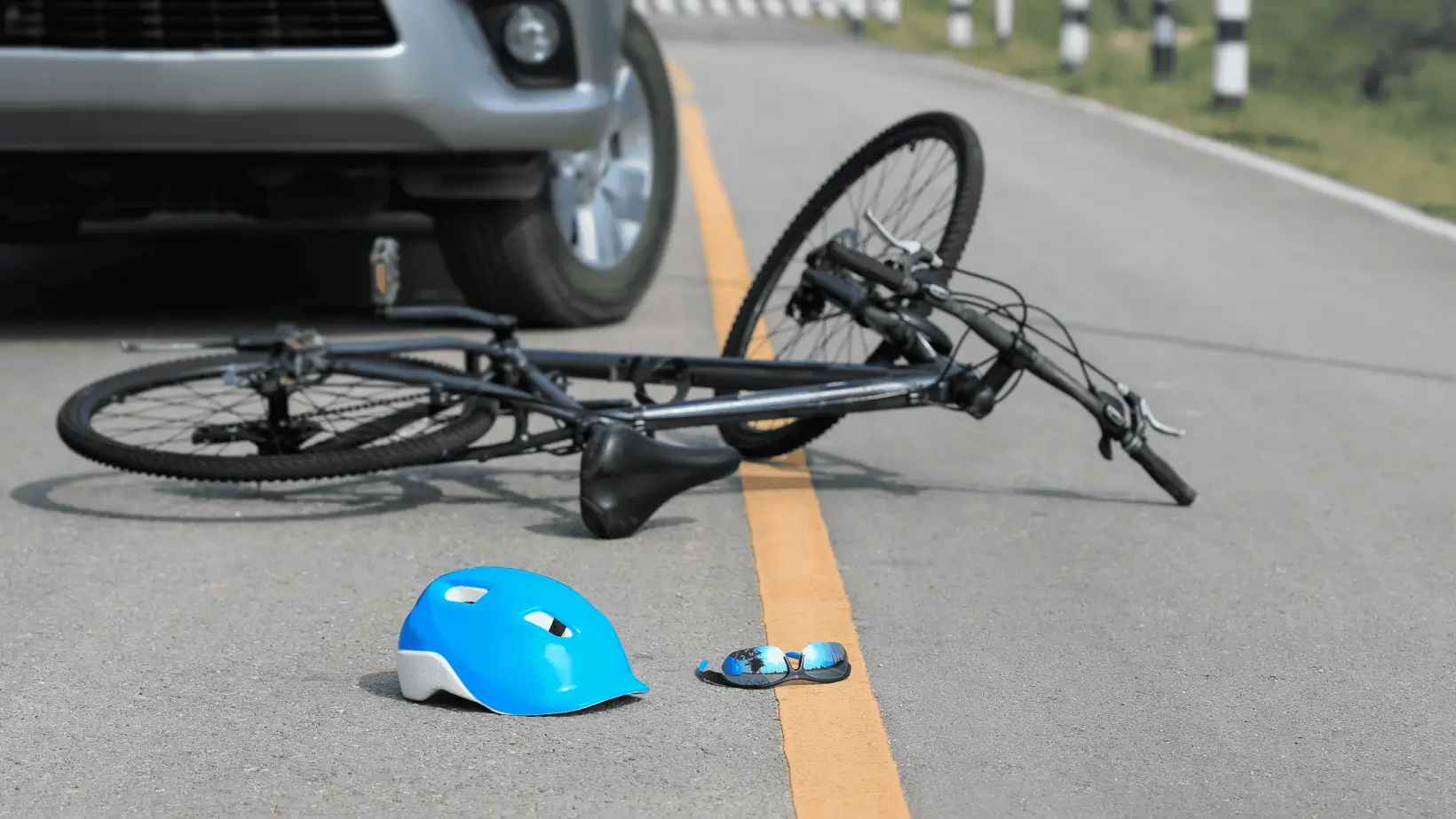
Common Types of Bicycle Accidents
Cyclists can get injured on the road in a multitude of ways, and the risk of injury can vary from minor cuts and bruising to fatalities. Road conditions and time of day can play a factor, as well as the availability of bike lanes, speed of traffic, and even dooring accidents on busy streets.
Car Collisions
Car collisions are among the most serious and potentially fatal types of accidents that cyclists face on the road. When a car strikes a cyclist, the impact can be devastating, as the size and speed of the vehicle typically far outweigh the vulnerability of the cyclist. Whether it’s a side-swipe, where a driver brushes past the cyclist too closely, or a rear-end collision, where a vehicle strikes the cyclist from behind, the result can lead to severe injuries such as broken bones, head trauma, or even death. These accidents often occur when drivers fail to notice cyclists, either because they are distracted or simply do not look for them in their blind spots. In many cases, cyclists have the right of way, but drivers might not yield to them, especially at intersections or when making turns.
Poor visibility, whether due to weather conditions, time of day, or poorly marked bike lanes, can further increase the likelihood of such crashes. Additionally, cyclists may be forced to ride alongside fast-moving traffic, making it even more dangerous for them to navigate through spaces where cars and bikes share the road. To minimize the risks, it’s crucial for both cyclists and drivers to stay alert, follow traffic laws, and respect each other’s presence on the road.
Dooring Accidents
Dooring accidents occur when a driver or passenger opens a car door without checking for approaching cyclists. This sudden obstruction can leave a cyclist with little time to react, often causing them to crash into the door or swerve abruptly to avoid it.
The impact can result in serious injuries, including broken bones, head trauma, or even life-threatening accidents. Dooring is particularly dangerous in busy, urban environments where parked cars line the streets and cyclists often ride close to traffic. In these settings, cyclists are at a higher risk of being caught off guard by a door that swings open unexpectedly. These accidents are not only painful but can also lead to long recovery times, medical bills, and the loss of the ability to work or enjoy daily activities.
To help prevent dooring accidents, both drivers and passengers need to check for cyclists before exiting the vehicle, adopting the “Dutch Reach” method, where the driver or passenger uses their far hand to open the door, naturally turning their body and providing a better view of the surroundings. Cities can also improve safety by creating more bike lanes and enforcing laws that require vehicles to park farther away from bike lanes.
Left Cross Collisions
A left cross collision happens when a driver makes a left turn directly into the path of a cyclist traveling straight through an intersection. This type of accident can occur when the cyclist has the green light or right of way, but the driver fails to notice them or misjudges the cyclist’s speed. Since cyclists are often riding at a higher speed than pedestrians and may be harder for drivers to spot, especially when making turns, left cross accidents are extremely dangerous.
The cyclist is usually hit head-on or from the side, causing severe injuries, as they have little time to react or avoid the collision. These accidents are more likely to happen at busy intersections, where drivers are focused on other vehicles or pedestrians, and may overlook the presence of cyclists. The impact can lead to broken bones, head injuries, or even more serious, life-threatening trauma.
To reduce the risk of left cross accidents, cyclists should remain vigilant at intersections, always anticipating that a driver might fail to yield or see them. Similarly, drivers must be extra cautious when making turns, ensuring they fully check for cyclists and other road users before proceeding.
Right Hook Collisions
A right hook accident occurs when a car turns right directly in front of a cyclist who is traveling in the same direction. This type of collision typically happens when the driver fails to see the cyclist or misjudges their speed, assuming there is enough space to make the turn. In many cases, the driver may not check their blind spot or be aware of the cyclist in the lane beside them.
As a result, the cyclist is forced into a dangerous situation, often getting caught between the vehicle and the curb. This can lead to serious injuries, as the cyclist may be pinned, thrown from their bike, or forced to crash into the car or the surrounding road barriers. Right hook accidents are especially common in urban environments with heavy traffic, where cyclists ride in lanes next to vehicles.
To avoid these accidents, cyclists should position themselves clearly in the bike lane and always be aware of the vehicles around them. Drivers, on the other hand, should check for cyclists before making any right turn and signal their intentions well in advance to give cyclists enough time to react and stay safe.
Tire Blowouts and Loss of Control
Tire blowouts and mechanical failures are unexpected events that can lead to serious accidents for cyclists. When a tire suddenly deflates or bursts, it can cause the rider to lose control of the bike instantly. This loss of control is especially dangerous when traveling at high speeds or navigating through heavy traffic. Factors contributing to tire blowouts include hitting sharp objects like glass or nails on the road, excessive wear and tear on tires, or improper inflation levels. Mechanical failures such as brake malfunctions or chain issues can also lead to accidents by impairing the cyclist’s ability to stop or maneuver effectively.
These incidents not only pose a risk to the cyclist but can also endanger nearby pedestrians and drivers. Regular maintenance checks and promptly addressing any mechanical issues can significantly reduce the risk of such accidents. Cyclists should always ensure their bikes are in good working condition before heading out, paying close attention to tire pressure, brake function, and overall bike integrity.
Collisions with Pedestrians
Collisions with pedestrians are a common hazard for cyclists, particularly in urban areas where sidewalks, bike lanes, and crosswalks are in close proximity. These accidents often occur when pedestrians step into bike lanes without looking, cross streets against traffic signals, or are distracted by mobile devices. Such unexpected movements leave cyclists with little time to react, leading to crashes that can injure both the cyclist and the pedestrian. Even at lower speeds, these collisions can result in fractures, sprains, or head injuries.
Busy city streets, parks, and shared pathways are hotspots for these types of accidents. To mitigate the risks, cyclists should remain vigilant, use warning signals like bells or verbal alerts when approaching pedestrians, and reduce speed in crowded areas. Pedestrians, on their part, should stay aware of their surroundings, avoid stepping into bike lanes, and follow traffic signals to ensure their safety and that of others.
Single-Bike Accidents
Single-bike accidents occur when a cyclist crashes without any involvement from other vehicles or pedestrians. These accidents can be caused by a variety of factors, including loss of balance, sudden swerving to avoid an obstacle, or misjudging a turn. Environmental conditions like wet or slippery roads, gravel, or uneven pavement can also contribute to these incidents. Fatigue, dehydration, or inexperience may impair a cyclist’s ability to control the bike effectively, increasing the likelihood of a fall. Injuries from single-bike accidents can range from minor scrapes and bruises to more severe harm like broken bones or head injuries, especially if the cyclist isn’t wearing protective gear.
To prevent such accidents, cyclists should ensure they are well-rested, stay hydrated, and ride at speeds appropriate for their skill level and the road conditions. Regular practice and familiarization with the bike’s handling can also enhance control and reduce the risk of accidents.
Head-On Collisions with Other Cyclists
Head-on collisions with other cyclists are particularly dangerous and often occur on narrow bike paths, trails, or roads without designated lanes. These accidents typically happen when one or both cyclists are riding on the wrong side of the path, overtaking without proper visibility, or not paying attention to oncoming traffic.
Distractions such as mobile devices or conversations can further increase the risk. The impact of two cyclists colliding head-on can result in severe injuries like concussions, facial fractures, or spinal injuries due to the combined speed and force of both riders. To avoid head-on collisions, cyclists should always stay to the right side of the path (or follow local traffic rules), use proper signaling when passing, and remain alert to their surroundings. Wearing reflective gear and using lights can improve visibility, especially in low-light conditions, helping to prevent such dangerous encounters.
Riding into Open Manholes or Road Debris
Open manholes, potholes, and road debris present significant hazards for cyclists. Encountering these obstacles can cause a cyclist to lose control and crash, leading to injuries ranging from minor cuts and bruises to serious trauma like broken bones or head injuries. These hazards are often difficult to spot in time to react, especially at night or in poor weather conditions. Debris like broken glass, loose gravel, or fallen branches can also puncture tires or cause skidding. Municipal negligence in maintaining roadways and failing to mark or repair hazards contributes to these accidents. Cyclists should ride defensively, scanning the road ahead for potential dangers and adjusting their speed accordingly. Using front lights and wearing high-visibility clothing can help in spotting obstacles sooner. Communities and local governments also play a crucial role by ensuring roads are well-maintained and promptly addressing reported hazards to keep all road users safe.
Riding Through Intersections Without Proper Signaling
Intersections are high-risk areas for cyclists, particularly when proper signaling and traffic laws are not observed. Accidents often occur when cyclists fail to indicate their intentions to turn or stop, leaving drivers and other cyclists uncertain and unprepared to react appropriately. This lack of communication can result in collisions, especially when vehicles are making turns or proceeding through the intersection simultaneously. Additionally, some cyclists may ignore traffic signals or stop signs, increasing the likelihood of accidents with vehicles that have the right of way. Such behaviors not only endanger the cyclist but also create hazardous situations for everyone at the intersection. To enhance safety, cyclists should always use hand signals to communicate their actions, obey all traffic laws, and make eye contact with drivers when possible to ensure they are seen. Being predictable and visible can significantly reduce the risk of accidents in these complex traffic environments.
Hurt in a Bicycle Accident? Get LASSITER or Get LESS
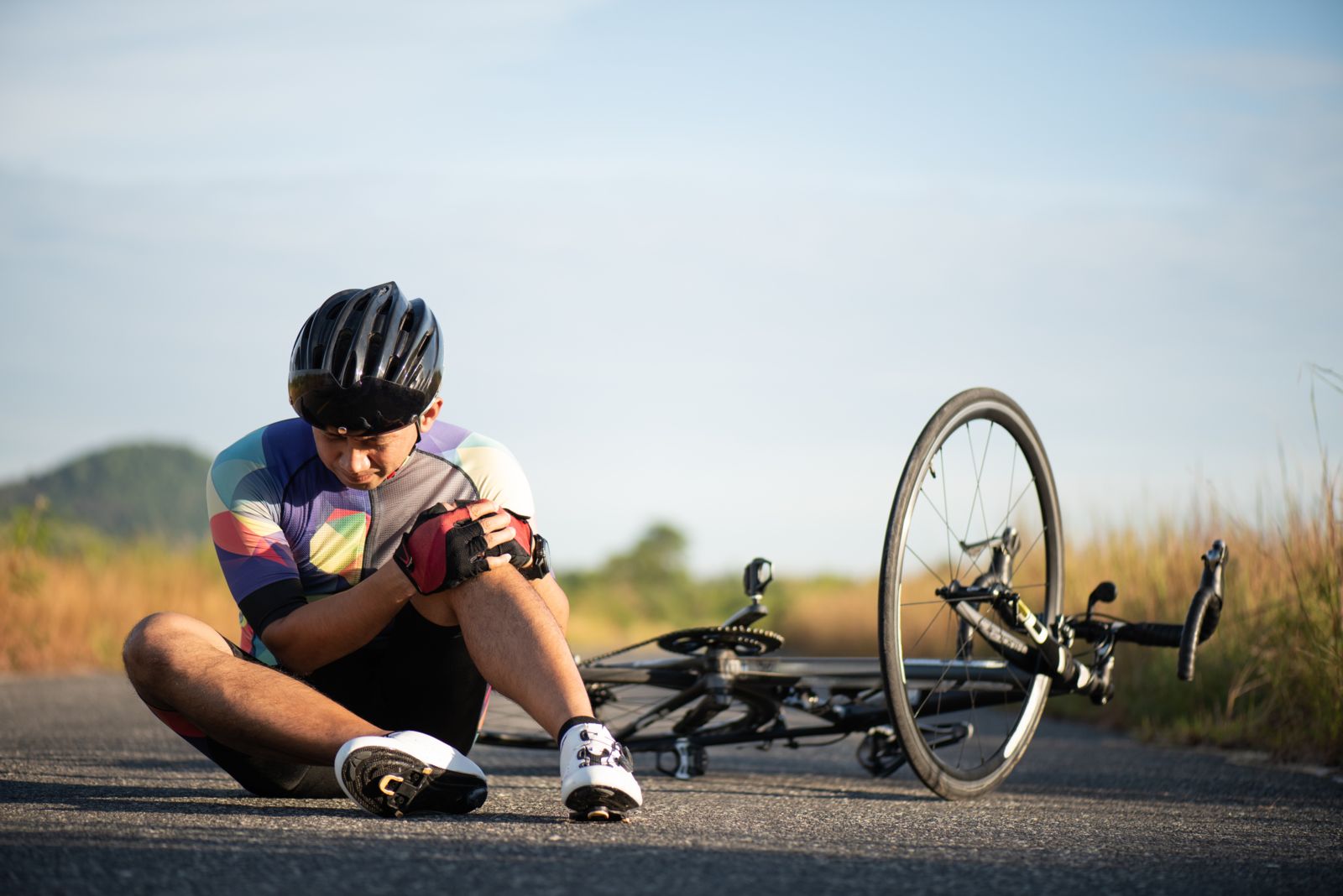
Common Injuries of Bike Accidents
Bicycle riders can suffer a range and multitude of injuries from an accident. Our team at the Lassiter Law firm have seen numerous injuries sustained from bicycle accident victims we have represented, and helped them get the compensation they needed to pay for their expenses and rehabilitation.
Head Injuries and Traumatic Brain Injuries
Head injuries are among the most serious consequences of bicycle accidents. Even when wearing a helmet, cyclists can suffer concussions, skull fractures, or traumatic brain injuries (TBIs) due to the force of impact. TBIs can lead to long-term cognitive impairments, memory loss, mood swings, and other neurological issues. Recovery from such injuries often requires extensive medical treatment, rehabilitation, and can result in significant life changes for the victim and their family.
Spinal Cord Injuries
Spinal cord injuries can occur when the cyclist’s back or neck is subjected to severe force during a crash. These injuries may result in partial or complete paralysis, loss of sensation, and chronic pain. The impact on mobility and independence can be profound, necessitating lifelong medical care, physical therapy, and adaptive equipment to assist with daily activities.
Fractures and Broken Bones
Fractures are common in bicycle accidents due to the lack of protective barriers between the cyclist and the road or other vehicles. Broken arms, legs, wrists, collarbones, and ribs are frequently reported. Such injuries can require surgeries, immobilization with casts or braces, and extensive physical therapy to regain strength and function.
Soft Tissue Injuries
Soft tissue injuries include damage to muscles, tendons, and ligaments. Sprains, strains, and torn ligaments can cause significant pain and limit mobility. These injuries might not be immediately apparent but can lead to long-term discomfort and may require physical therapy, medication, or even surgical intervention to heal properly.
Internal Injuries
The force of a collision can cause internal injuries that are not immediately visible. Damage to organs like the liver, spleen, or kidneys can be life-threatening and require emergency medical attention. Internal bleeding and organ damage may necessitate surgery and prolonged hospitalization, with potential long-term health implications.
Facial and Dental Injuries
Facial injuries can result from direct impact with the ground, vehicles, or other objects during an accident. Lacerations, fractures to the facial bones, and dental injuries like broken or lost teeth are common. These injuries often require reconstructive surgery, dental procedures, and can lead to permanent scarring or disfigurement, affecting the victim’s self-esteem and quality of life.
Road Rash and Lacerations
Road rash occurs when the skin scrapes against the pavement, causing abrasions that can range from mild to severe. Deep lacerations may damage underlying tissues and nerves, leading to infections if not properly treated. Scarring is a common outcome, and severe cases might require skin grafts or reconstructive surgery.
Psychological Trauma
The aftermath of a bicycle accident isn’t limited to physical injuries. Many victims experience psychological trauma, including post-traumatic stress disorder (PTSD), anxiety, depression, and fear of riding again. Mental health support is often necessary to address these issues, which can affect personal relationships, work, and overall well-being.
Amputations
In severe accidents, limbs may be crushed or severely damaged, leading to partial or complete amputations. Losing a limb has a profound impact on a person’s life, requiring prosthetics, extensive rehabilitation, and adjustments to daily activities. The emotional toll is significant, and ongoing support is essential for recovery.
Nerve Damage
Nerve injuries can result from lacerations, fractures, or blunt force trauma. Symptoms may include numbness, tingling, weakness, or loss of function in affected areas. Nerve damage can be temporary or permanent, and treatment often involves surgery, medication, and physical therapy to manage symptoms and improve function.
Why Call A Houston Bicycle Accident Lawyer
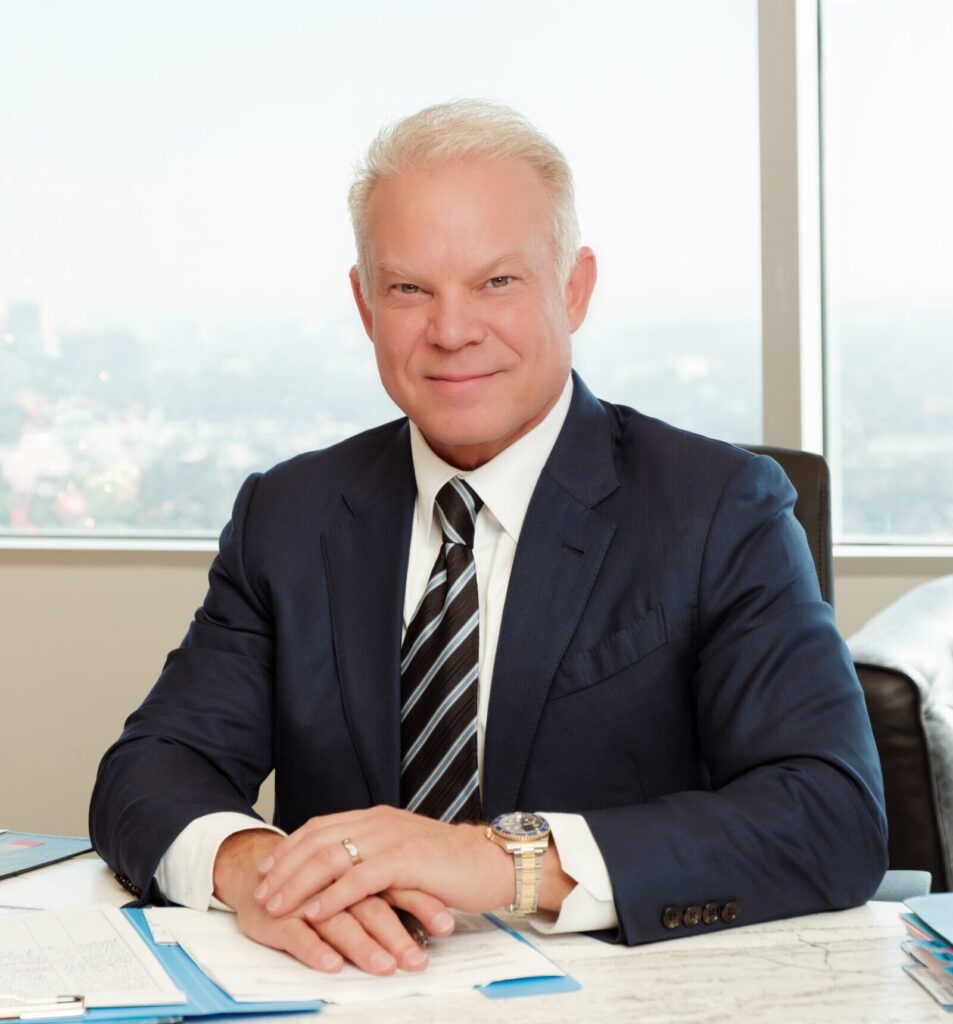
After a bike accident, the injuries sustained can take a toll on your life. From pain and suffering, medical costs and rehabilitation, to stress from filing a claim with the insurance company, life after an accident can quickly become overwhelming.That is why our legal team at the Lassiter Law Firm is here, to help you navigate the legal complexities, leaving you with more time to focus on recovery. Our experienced attorneys will advocate on your behalf, dealing with the insurance companies directly. We will protect you from low-ball settlements, and fight to ensure you get the maximum compensation possible for your injuries, lost wages, past and future medical costs, and more. Call us today for a free consultation so you can focus on your recovery.
Bicycle Attorneys Available 24/7
Whether you were out for a midnight ride, or hurt in an accident during the lunch rush, we know accidents can happen at any time. That is why our team at the Lassiter Law Firm ensures we are available to you 24/7. Regardless if you call shortly after being injured in an accident, or are concerned about your case, our firm stands dedicated to supporting you through this difficult time.
Free Case Review
If you’ve been injured call us right away. Schedule a free case review, find out how much your case may be worth, learn more about your financial rights after an injury. It’s a FREE call.

Bicycle Attorneys Serving the Greater Houston Area
For over 20 years, The Lassiter Law Firm has made its name serving countless victims, ensuring they get the maximum compensation they need to pay for their past and future medical costs, lost wages due to the injuries, and other damages.
We are committed to providing personalized legal representation to each client, taking the time to thoroughly investigate the circumstances of your accident. This includes gathering essential evidence, consulting with medical professionals, and working with accident reconstruction experts when necessary. Our goal is to build a strong case that clearly demonstrates the liability of the at-fault parties and the full extent of your injuries.
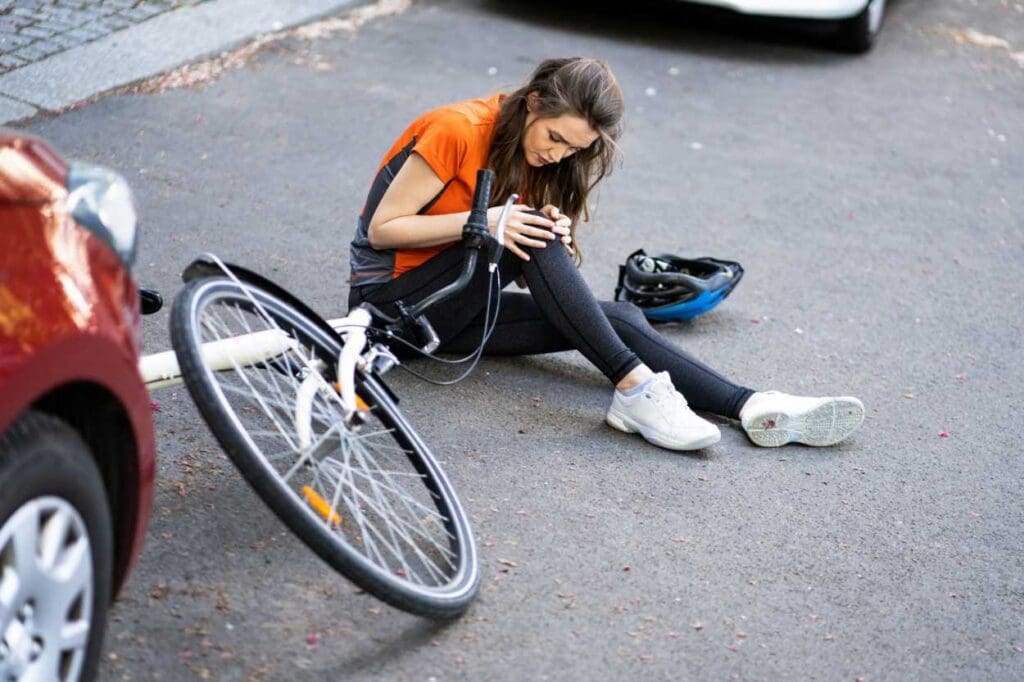
Frequently Asked Questions About Bicycle Accidents
Victims of bicycle accidents have many questions all throughout the legal process, and we do our best to thoroughly answer every concern our clients have. Below are some of the most common questions we get regarding bicycle accident cases.
What Should I Do Immediately After a Bicycle Accident?
Immediately after a bicycle accident, your first priority should be your safety and health. Call 911 if you or anyone else is injured to get medical assistance right away. Even if you feel fine, it’s important to get a medical evaluation, as some injuries may not be immediately apparent. While at the scene, if you’re able, gather evidence by taking photos of the accident location, your injuries, and any property damage. Obtain contact information from any witnesses and the other party involved, including their name, phone number, address, driver’s license number, and insurance details. Do not admit fault or discuss the accident extensively with the other party. Once you’ve attended to immediate concerns, consider contacting a bicycle accident attorney to protect your rights and guide you through the next steps.
Who Is Liable in a Bicycle Accident?
Liability in a bicycle accident depends on the circumstances surrounding the incident. Potentially liable parties include drivers who violated traffic laws, pedestrians who acted negligently, other cyclists, or even government entities responsible for road maintenance if poor road conditions contributed to the accident. In some cases, manufacturers of faulty bicycle equipment may also be held liable. Determining liability often requires a thorough investigation of the accident, including reviewing police reports, witness statements, and any available video footage. An experienced attorney can help identify all responsible parties to ensure you receive fair compensation.
Should I Call the Police After a Bicycle Accident?
Yes, it’s advisable to call the police after a bicycle accident, especially if there are injuries or significant property damage. A police report creates an official record of the incident, which can be valuable evidence when filing an insurance claim or pursuing legal action. The report will typically include details about the accident scene, statements from involved parties and witnesses, and the officer’s initial assessment of fault. Be sure to obtain the name and badge number of the responding officer and ask how to get a copy of the police report for your records.
How Long Do I Have to File a Claim After a Bicycle Accident in Texas?
In Texas, the statute of limitations for personal injury claims, including bicycle accidents, is generally two years from the date of the accident. This means you have two years to file a lawsuit against the at-fault party. If you miss this deadline, you may lose your right to seek compensation for your injuries. However, there are exceptions to this rule that could shorten or extend the filing period. It’s important to consult with an attorney promptly to ensure your claim is filed within the appropriate time frame.
Can I Still Recover Damages If I Was Partially at Fault for the Accident?
Yes, under Texas’s “modified comparative negligence” law, you can still recover damages even if you were partially at fault, as long as you were not more than 50% responsible for the accident. However, your compensation will be reduced by your percentage of fault. For example, if you are found to be 30% at fault and your total damages are $100,000, you would be eligible to recover $70,000. Determining fault can be complex, so it’s essential to have an experienced attorney represent your interests.
What Kind of Compensation Can I Receive for My Bicycle Accident Injuries?
Compensation, also known as damages, can cover a variety of losses resulting from a bicycle accident. This may include:
- Medical Expenses: Past and future costs for hospital stays, surgeries, medications, rehabilitation, and any necessary medical equipment.
- Lost Wages: Compensation for income lost due to time away from work during recovery, as well as future earning capacity if you’re unable to return to your previous employment.
- Pain and Suffering: Monetary compensation for physical pain, emotional distress, and reduced quality of life resulting from the accident.
- Property Damage: Costs to repair or replace your bicycle and any other personal property damaged in the accident.
- Punitive Damages: In cases of gross negligence or intentional harm, additional damages may be awarded to punish the at-fault party.
Do I Need a Lawyer for My Bicycle Accident Case?
While it’s not legally required to have a lawyer, hiring an experienced bicycle accident attorney can significantly enhance your ability to receive fair compensation. An attorney understands the legal complexities involved, can negotiate with insurance companies on your behalf, and will advocate for your best interests. They can help gather evidence, prove liability, calculate damages, and represent you in court if necessary. Without legal representation and guidance, you may risk accepting a settlement that doesn’t fully cover your losses.
How Much Does It Cost to Hire a Bicycle Accident Attorney?
At The Lassiter Law Firm, we operate on a contingency fee basis, which means you pay nothing upfront. Our fees are a percentage of the compensation we recover for you, and we only get paid if we win your case. This arrangement allows you to access quality legal representation without worrying about out-of-pocket legal expenses during an already stressful time.
What If the Driver Who Hit Me Doesn’t Have Insurance?
If the at-fault driver is uninsured or underinsured, you may still have options to recover compensation. You can file a claim under your own auto insurance policy if you have uninsured/underinsured motorist coverage. Additionally, other parties may share liability, or there may be other avenues to pursue compensation, such as product liability claims if equipment failure contributed to the accident. An attorney can help explore all possible sources of recovery in your case.
How Long Will It Take to Resolve My Bicycle Accident Case?
The duration of a bicycle accident case varies depending on several factors, including the complexity of the case, the severity of your injuries, the willingness of the insurance company to offer a fair settlement, and whether the case goes to trial. Some cases may settle within a few months, while others could take a year or more. Your attorney can provide a more accurate timeline based on the specifics of your situation and will work diligently to resolve your case as efficiently as possible.
Will My Case Go to Trial?
Many bicycle accident cases are settled out of court through negotiations with the insurance company. However, if a fair settlement cannot be reached, it may be necessary to take your case to trial to pursue the compensation you deserve. Your attorney will prepare your case thoroughly for the possibility of trial while also striving to achieve a favorable settlement without the need for litigation.
Contact A Houston Bicycle Accident Attorney
Every member of our team here at the Lassiter Law firm has spent over 20 years helping countless bicycle accident victims in the Greater Houston area, advocating to protect their rights and get them the compensation they deserve. Each case is approached with compassion and an unwavering commitment to protecting our clients’ rights, ensuring they have the support and resources to rebuild their lives.
If you or a loved one has been injured due to someone else’s negligence in a bicycle accident, know that you don’t have to navigate this journey alone. The Lassiter Law Firm is here to guide you through every step, from gathering evidence and negotiating with insurers to advocating on your behalf. With our dedicated team by your side, you can focus on healing while we handle the complexities of your case. Contact us today for a free consultation, and take the first step toward recovery and justice.
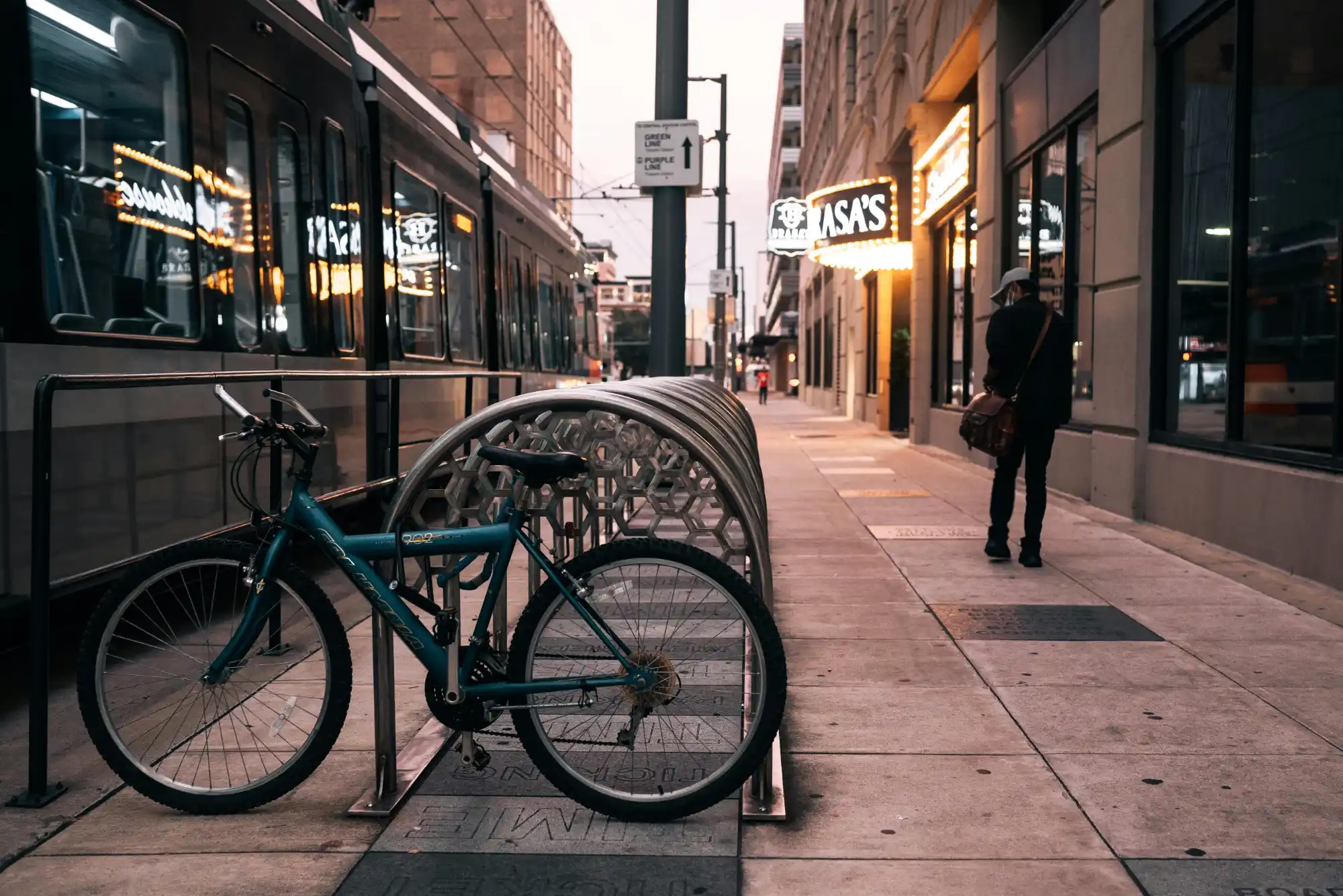
Get Lassiter
We know there are hundreds of personal injury attorneys in Houston, but there is only ONE James Lassiter. We’ve won and recovered over $300 million for clients. Get a Texas-sized injury settlement. Don’t delay, call our Houston injury attorney today. Get LASSITER or Get LESS.
Contact Us
Schedule a Free Case Review